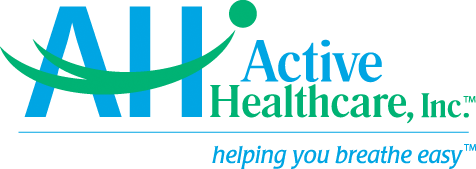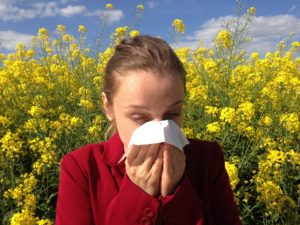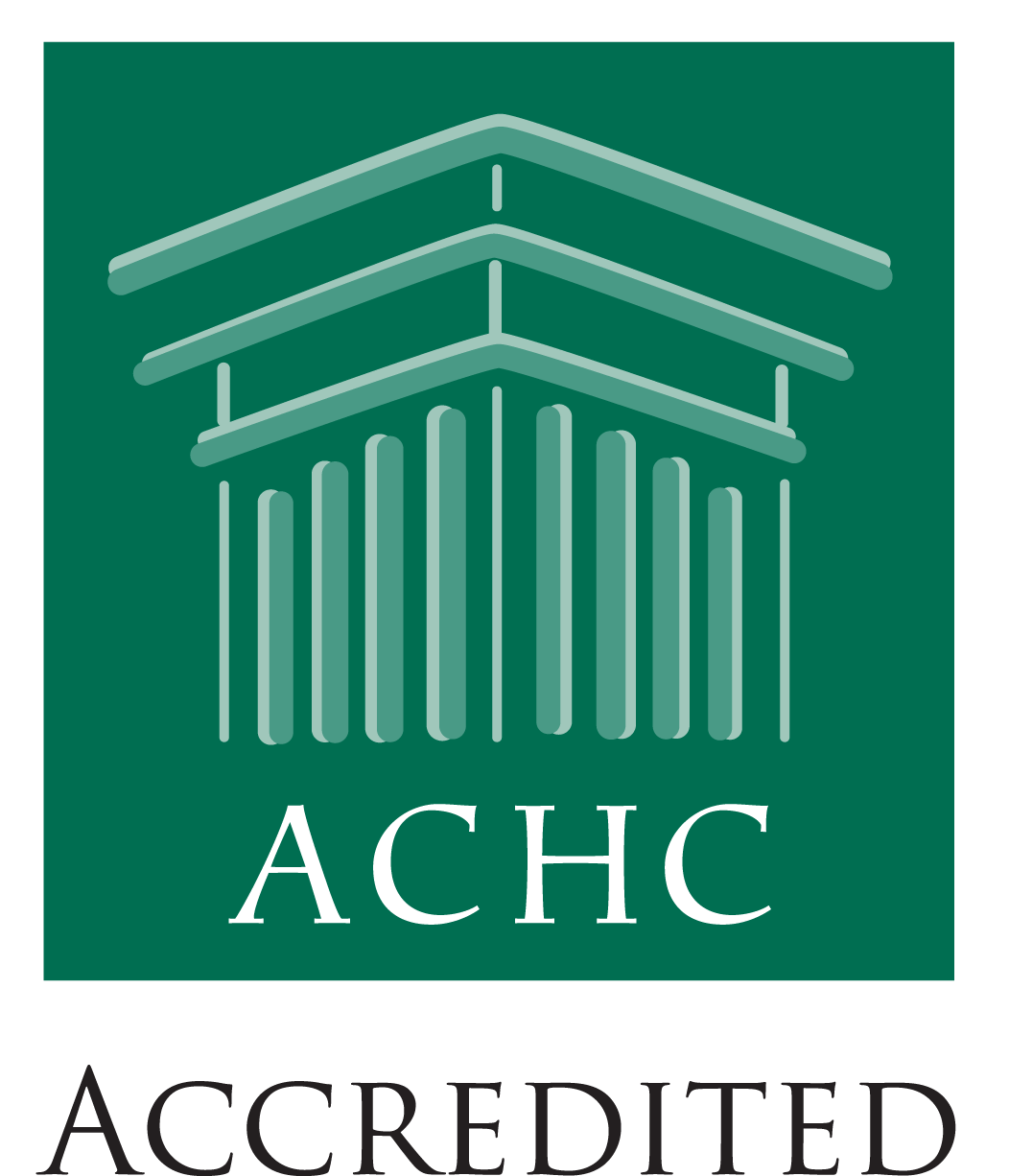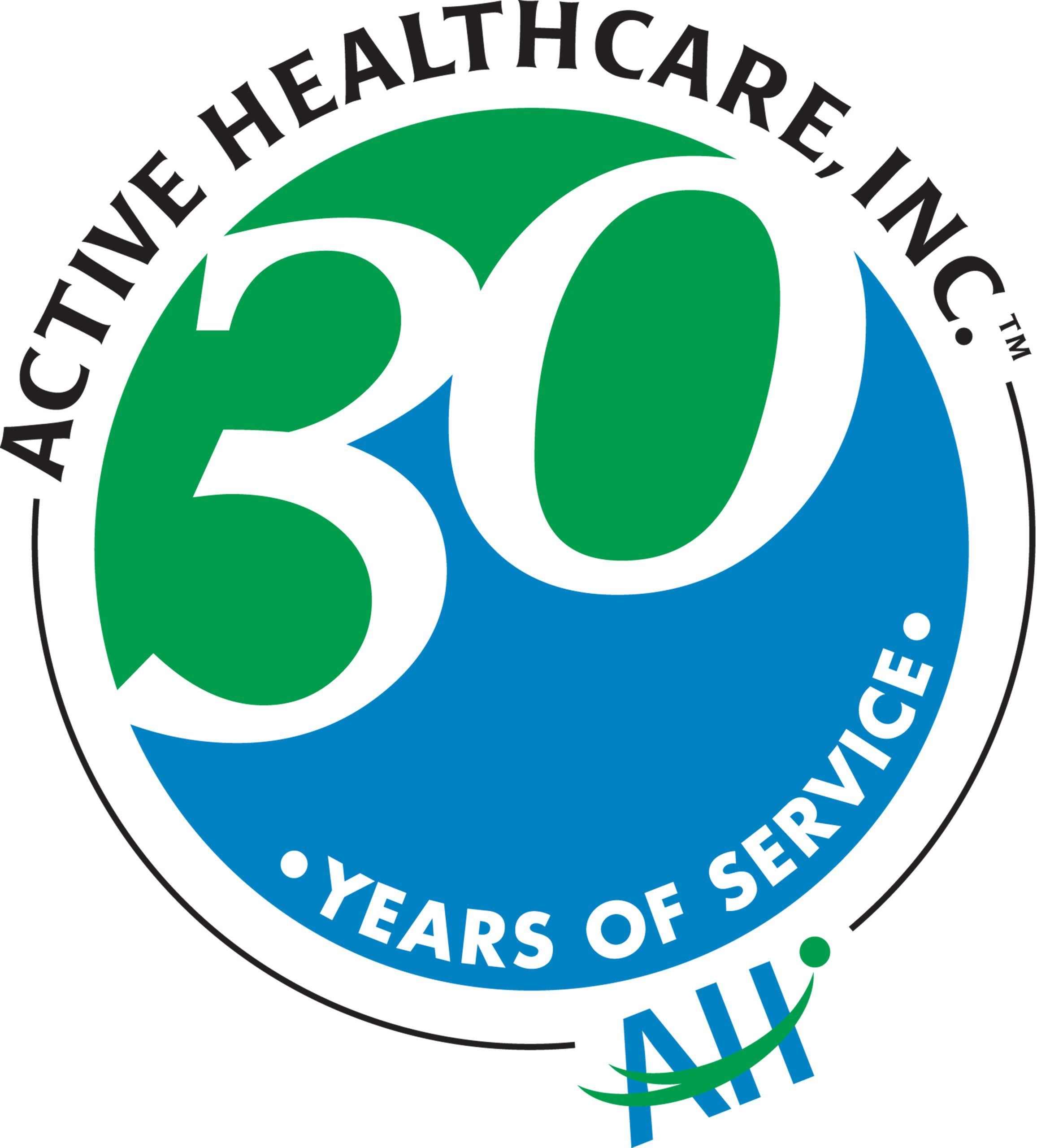
Photo courtesy of American Lung Association
It’s often tough to work up the motivation to make a trip to the gym, but it’s even harder for those who experience asthma symptoms triggered by exercising. Post-workout, individuals with exercise-induced asthma, or exercise-induced bronchospasm (EIB), may experience wheezing, coughing, and difficulty catching their breath. Active Healthcare Account Representative Janice Stewart shared with me her own experience with EIB, and explained which treatment was effective for her.
Ten years ago, Janice was diagnosed with pneumonia and her doctor gave her an inhaler as part of her treatment. Since then, she noticed that she would periodically have trouble with wheezing, usually after using the treadmill or sometimes when her daily allergy medicine wore off. Janice got relief by using her inhaler after her workout, but she remained curious as to the root cause of her symptoms. Several months ago over lunch, I happened to be chatting with Janice about exercise-induced asthma and she realized that EIB might be the cause of her post-workout breathing problems.
Janice met with her doctor who confirmed that her symptoms sounded like a case of EIB. Janice’s doctor prescribed a new inhaler and an additional allergy medication to go with her daily Zyrtec. She now has a more proactive approach to managing her exercise-induced asthma. Thirty minutes before working out, Janice uses her new inhaler and now only experiences issues if she’s doing an advanced cardio workout.
“With my new medication regimen I am able to now do exercises that increase my heart rate without having to sit down afterwards to wait for the wheezing to clear,” says Janice. “I can recoup a lot quicker. I have also noticed that with the additional medications that my allergy symptoms have been more manageable as well.”
Janice’s advice for individuals who have trouble breathing after exercise is to pay close attention to what your body is telling you—don’t ignore your symptoms. Janice wishes she had seen her doctor sooner for treatment so she could have spent less time suffering through her workouts.















 In early spring I don’t even bother washing my car; I’ve given up on the fight with the yellow-green pine pollen. Although few people are
In early spring I don’t even bother washing my car; I’ve given up on the fight with the yellow-green pine pollen. Although few people are 
 A season normally filled with joy can turn miserable quickly. Seasonal allergic rhinitis and asthma sufferers can breathe relief as most outdoor allergens disappear until spring, but holiday gatherings and increased time spent indoors means more exposure to different allergen triggers. In an effort to help you avoid the hazards of the holidays, we’ve compiled some tips to keep you from wheezing and sneezing.
A season normally filled with joy can turn miserable quickly. Seasonal allergic rhinitis and asthma sufferers can breathe relief as most outdoor allergens disappear until spring, but holiday gatherings and increased time spent indoors means more exposure to different allergen triggers. In an effort to help you avoid the hazards of the holidays, we’ve compiled some tips to keep you from wheezing and sneezing. Asthma is a prevalent disease among children, accounting for numerous emergency room visits, and unfortunately, a significant cause of morbidity. Although asthma incidence has increased over the past few decades, variations between countries, environmental factors and the use of certain medications have created a flurry of research dedicated to the disease and the understanding of its etiology.
Asthma is a prevalent disease among children, accounting for numerous emergency room visits, and unfortunately, a significant cause of morbidity. Although asthma incidence has increased over the past few decades, variations between countries, environmental factors and the use of certain medications have created a flurry of research dedicated to the disease and the understanding of its etiology. 









